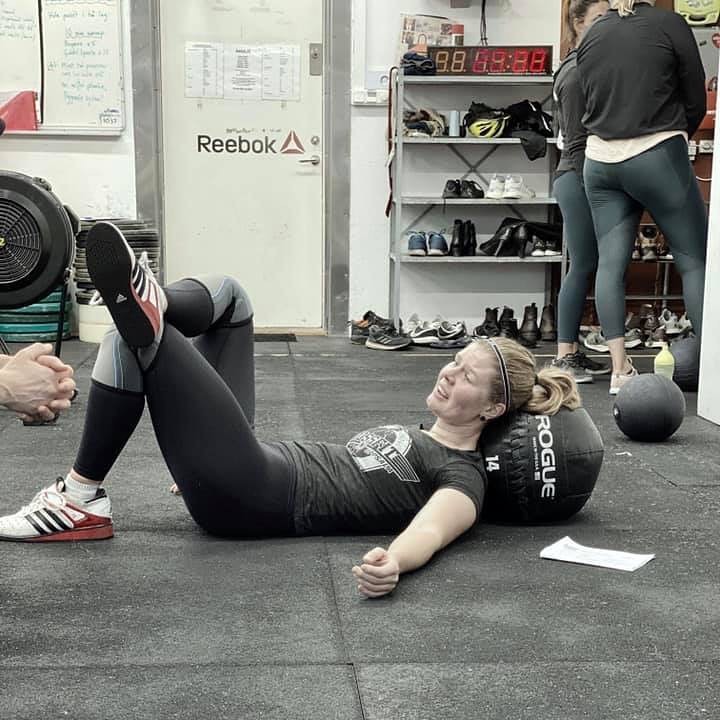As designing training programs is quite like trying to resolve unsolvable paradoxes it is a hard task. Especially when doing them for groups: groups made up of many different individuals with very different habits. Where someone comes in once every other week, and someone else comes five times per week. Someone is resilient and someone is fragile. Someone is mobile and someone is stiff, etc
The risk of over or under stimulating participants in such a setting is obviously very high.
Still when faced with so many choices with such agonizingly limited information it is very easy to get stuck to the idea of the “best” and “optimal” program, where we would be better off to go for robust flexible one. Such a robust program would be more resilient to unexpected changes, lack of information, uncertainties and changes in training context like the ones we all see working in CrossFit boxes or similar gyms.
Micro-dosing is a technique for studying drugs in humans through the administration of doses so low they are unlikely to produce a dangerous effect, but high enough to allow the response to be studied. This is called a “Phase 0 study” and is usually conducted in between animal testing and full out testing on humans.
The idea of micro-dosing for sports training I first saw in a blog post from sprint coach Derek Hansen. He proposed to do 15-20 minutes of work every day to accumulate the work you need, rather than working for one hour, two to three times per week. The accumulation of work on a daily basis allows athletes to never get to far away from the skills being trained. And the combination of high-intensity (at or near maximal output) and low volume provides the necessary stimulus for improvement and, at the very least, the maintenance of these qualities without creating excessive fatigue and an environment for injury.
This makes a lot of sense, if accepting like evidence suggest, that strength training also is governed by the the principles of diminishing return. And that this law kicks in sooner than we usually think. Multiple sets are only associated with 40% greater hypertrophy and strength-related effect-sizes than 1 set, in both trained and untrained subjects. This supports the rationale that it would be better to stimulate a little, than risking no stimuli for a quality for persons in our group classes.
The research I see quoted is more often about where the optimal amount of dose/response would be situated than how little we can get away with doing. And the law of diminishing return is more often used as a tool to warn for over-training rather than to provide support and buy-in for that a little provides most of the benefits to training.
Harry Markowitz was awarded the Nobel prize in economics in 1990 for his work in predictive economics. It can be seen as an irony that Markowitz, arguably the father of modern portfolio theory, answered the question how he manages his own funds by stating: ”My intention was to minimize my future regret. So I split my contributions fifty-fifty between bonds and equities.”
There is more downside in missing to stimulate a quality, than to stimulate it to an optimal level. And with short, frequent and intense hits we can fit a lot of different qualities into every session or couple of sessions on a rotational basis.
- “Micro-Dosing with Speed and Tempo Sessions for Performance Gains and Injury Prevention”, http://www.strengthpowerspeed.com/micro-dosing-speed-tempo/
- ”Single vs. Multiple Sets of Resistance Exercise for Muscle Hypertrophy: A Meta-Analysis”, https://www.researchgate.net/publication/42345560_Single_vs_Multiple_Sets_of_Resistance_Exercise_for_Muscle_Hypertrophy_A_Meta-Analysis
- “Algorithms to live by – the computer science of human decisions”, https://books.google.se/books?id=yvaLCgAAQBAJ&pg=PA162&dq=markowitz+upside+of+heuristics&hl=sv&sa=X&ved=0ahUKEwjItLGEs57nAhX7wsQBHTWwDAsQ6AEIKTAA#v=onepage&q=markowitz%20upside%20of%20heuristics&f=false



